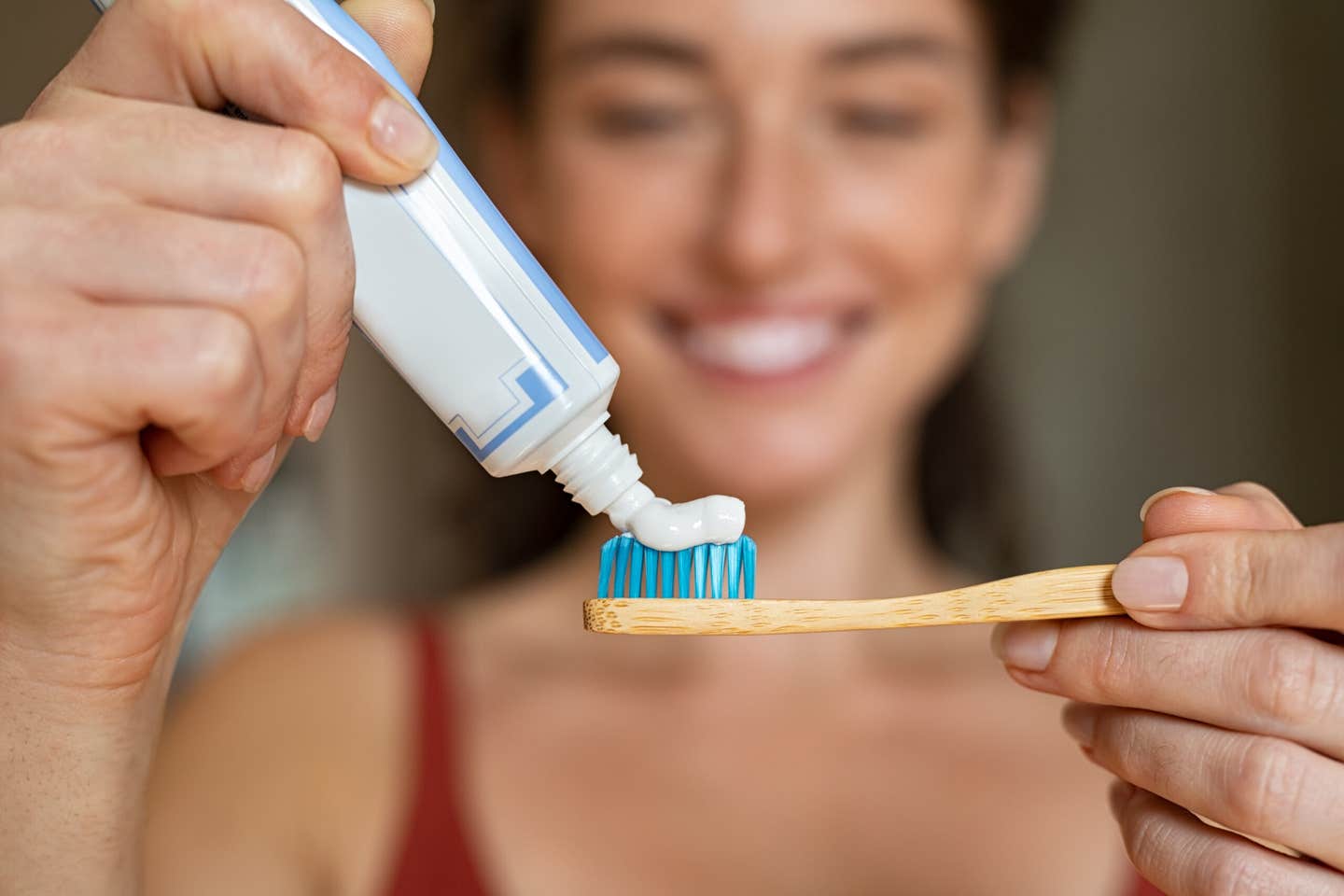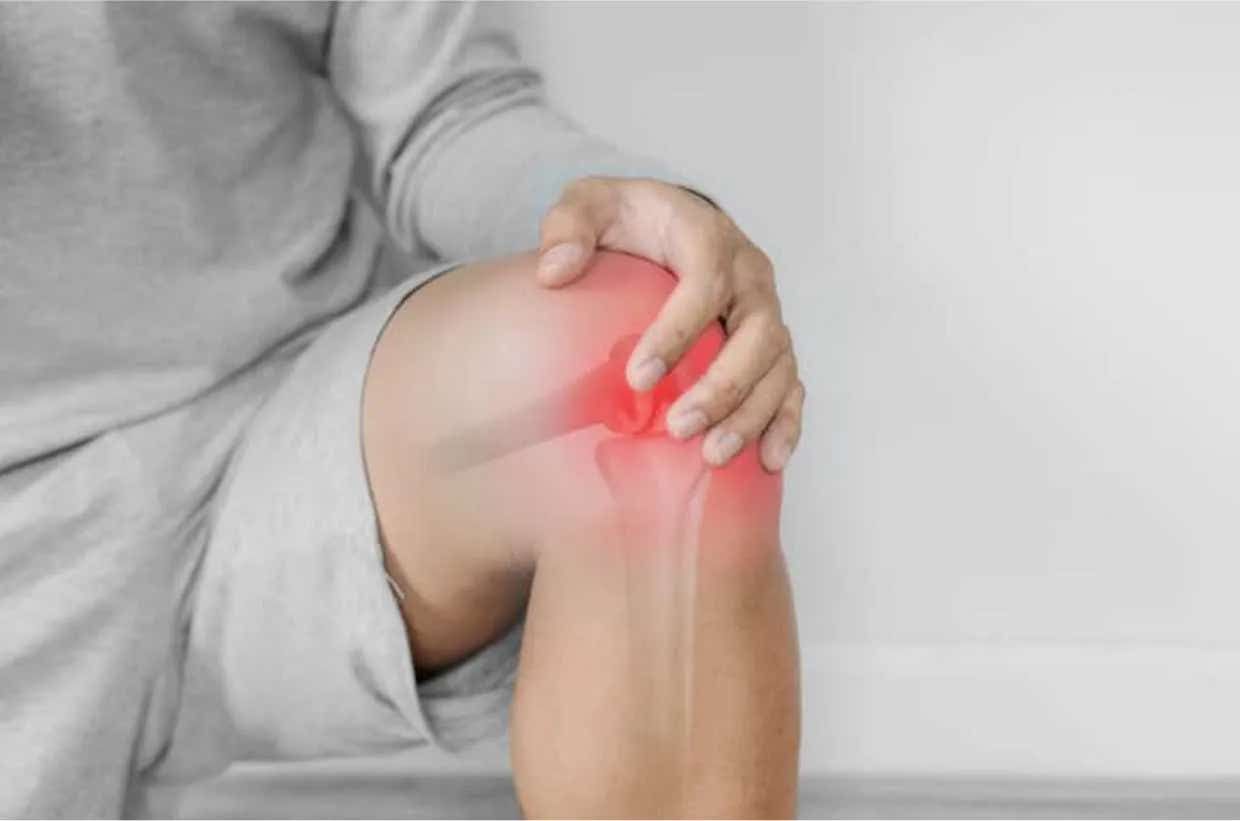Eco-friendly toothpaste made from hair could protect and repair damaged teeth
Scientists discover keratin from hair and wool can restore tooth enamel, offering a sustainable way to stop decay.

Scientists have developed a keratin-based treatment that rebuilds tooth enamel, offering a sustainable way to halt early decay. (CREDIT: Shutterstock)
A fresh approach to dental care may soon have you looking at hair clippings in a whole new way. Researchers at King’s College London have discovered that keratin—a protein found in hair, skin, and wool—can help restore tooth enamel and stop the earliest stages of decay.
In their latest study, the team found that when keratin meets the minerals naturally present in saliva, it creates a protective layer that behaves much like natural enamel. This layer not only shields teeth from further damage but can also seal tiny channels leading to nerves, easing tooth sensitivity.
Enamel, the tough outer layer of your teeth, is unlike bone or hair—it can’t regenerate once it’s lost. Acidic foods and drinks, poor oral hygiene, and the natural effects of aging all contribute to enamel wear, which can lead to discomfort, cavities, and tooth loss. While fluoride toothpaste can slow the process, the keratin-based treatment goes a step further, fully halting progression by creating a dense mineral layer that strengthens teeth from the outside in.
From Sheep’s Wool to Smile Strengthener
The scientists extracted keratin from wool for their experiments, though it can also come from human hair. When applied to the tooth surface, the protein forms a crystal-like scaffold that mimics the intricate structure of natural enamel. Over time, it attracts calcium and phosphate—key minerals in tooth health—building a durable coating that strengthens and protects.
This method could be delivered in multiple ways: as a toothpaste for daily home use or as a targeted gel applied in a dental office, similar to nail varnish. The researchers are optimistic that with further development, keratin-based enamel repair products could reach the public within two to three years.
Related Stories
- Lifechanging drug regrows teeth in humans
- You’re probably using your electric toothbrush wrong, study finds
Sustainability Meets Dentistry
One of the most promising aspects of this discovery is its sustainability. First author and PhD researcher Sara Gamea explained that keratin can be sourced from biological waste materials like hair and skin, reducing the need for less eco-friendly options used in traditional dentistry. Common dental resins, for example, rely on plastics that are less durable, potentially toxic, and often less natural in appearance. Keratin, on the other hand, can be matched closely to the color and texture of a person’s original tooth.
“This technology bridges the gap between biology and dentistry,” Gamea said, “providing an eco-friendly biomaterial that mirrors natural processes.” The approach aligns with the growing push toward circular, waste-to-health innovations, turning what would normally be discarded into a valuable medical resource.
Senior author Dr. Sherif Elsharkawy sees it as part of a broader shift in healthcare: “We are entering an exciting era where biotechnology allows us to not just treat symptoms but restore biological function using the body’s own materials. With further development and the right industry partnerships, we may soon be growing stronger, healthier smiles from something as simple as a haircut.”
Past Studies and Findings
Tooth enamel repair has long challenged scientists. Biomimetic strategies—techniques that imitate natural processes—have shown potential but often fall short. Past efforts have included calcium phosphate ion clusters, which improved enamel strength but added only limited thickness and raised biocompatibility concerns.
Other researchers developed zinc oxide composites resembling enamel structure, though complex production methods limited practical use. Peptide-based hydrogels and protein-mediated mineralization techniques have also shown promise, but many relied on costly materials, required non-aqueous solvents, or couldn’t precisely control enamel crystal growth.
Keratin itself is well known for its durability and complex structure, supported by strong covalent disulfide bonds and a dense network of noncovalent interactions. These features give it mechanical stability and resistance to chemical breakdown. Although some past studies hinted at keratin’s potential role in enamel biology, its application in enamel regeneration had been largely unexplored until now.
Practical Implications of the Research
If the keratin-based method succeeds in clinical trials, it could redefine how dentistry approaches early tooth decay. Instead of focusing solely on damage control, dental care could shift toward true restoration—rebuilding lost enamel rather than replacing it with synthetic fillings. This could mean fewer invasive procedures, less reliance on plastics, and more natural-looking results for patients.
On a larger scale, using keratin from waste materials could lower the environmental footprint of dental treatments, while also reducing healthcare costs tied to tooth decay, which affects billions of people worldwide. The technique could eventually inspire similar regenerative approaches for other hard tissues in the body.
Note: The article above provided above by The Brighter Side of News.
Like these kind of feel good stories? Get The Brighter Side of News' newsletter.



